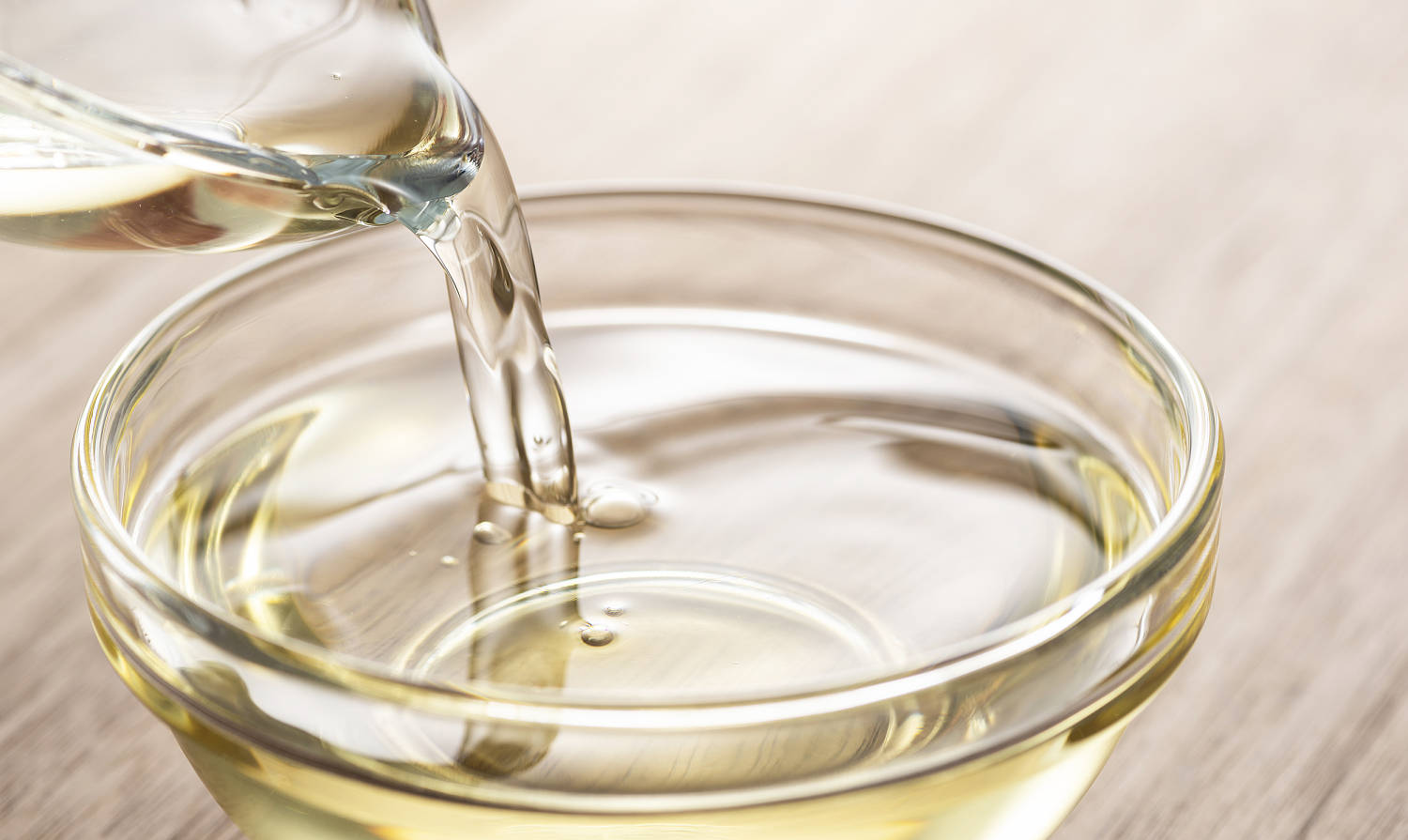You’ve probably seen mirin on the shelves of your local grocery store, next to the likes of , and sesame oil. Mirin is a type of Japanese rice wine that’s used to add sweet umami flavor to many Japanese dishes from sushi to okonomiyaki. But if you either run out of mirin, can’t find any at the store or don’t want to buy a whole bottle, there are other ingredients that can be used as a mirin substitute.
Ahead, learn more about this sweet rice wine and the best substitutes to use in a pinch. Compared to other Japanese spirits such as sake, mirin has a lower alcohol content and is higher in sugar, resulting in a rich and sweet liquid with a syrupy texture. Niki Nakayama, a Los Angeles-based chef and owner of the Michelin-starred restaurant n/naka, finds that mirin has the essence of sake but with a slightly tangy flavor.
She notes that its subtle flavor doesn’t impart an obvious burst of umami, but it does come in clutch when seasoning a recipe or replacing the sugar in certain cooked dishes. There are three main types of mirin: hon mirin, aji mirin and mirin fu. Hon mirin is the original variety of mirin.
This authentic rice wine translates to “true mirin.” According to Nakayama, hon mirin is made with glutinous rice, rice koji and a Japanese distilled spirit known as shōchū. It goes through a natural fermentation process, and no sugar or salt is added.
“Its flavor is definitely more complex and deep, and although I choose to use it whenever possible, procur.


















